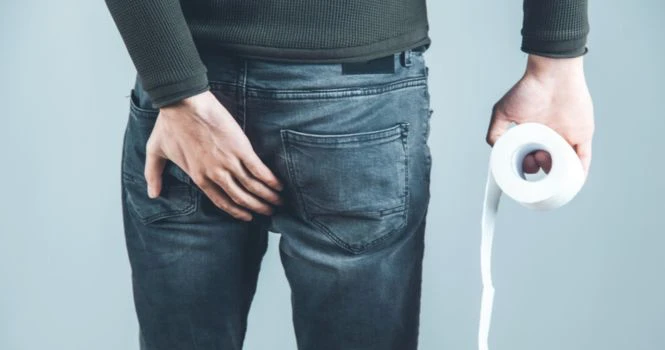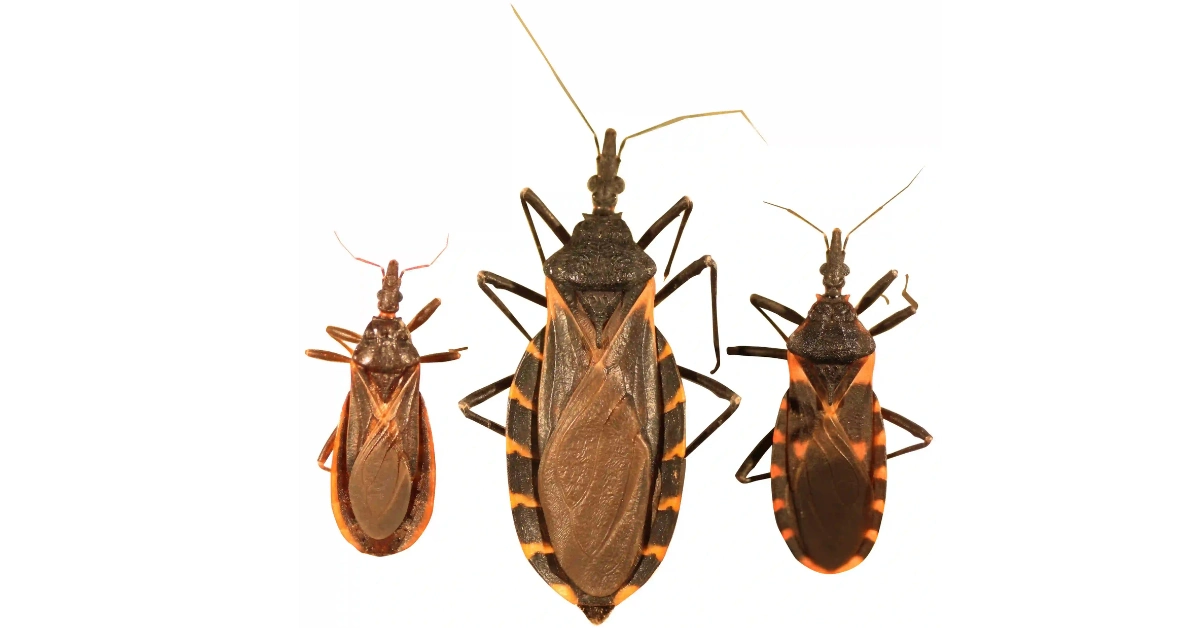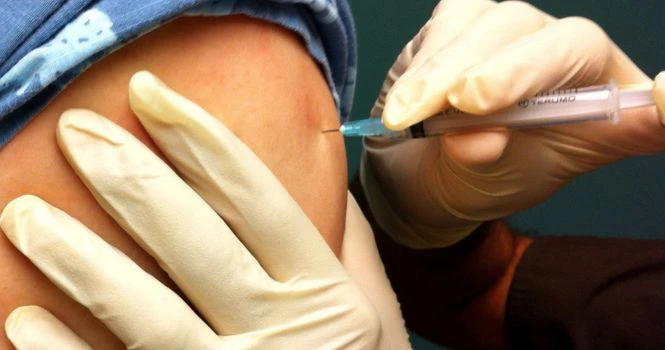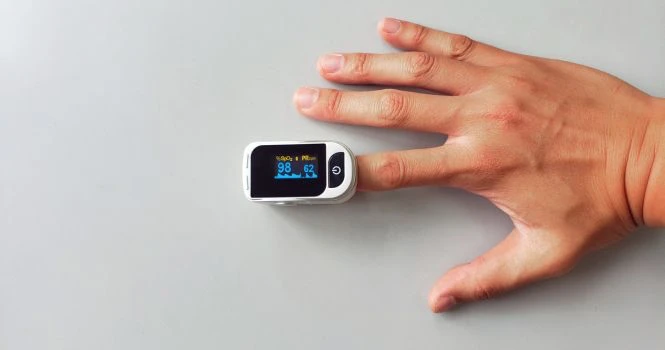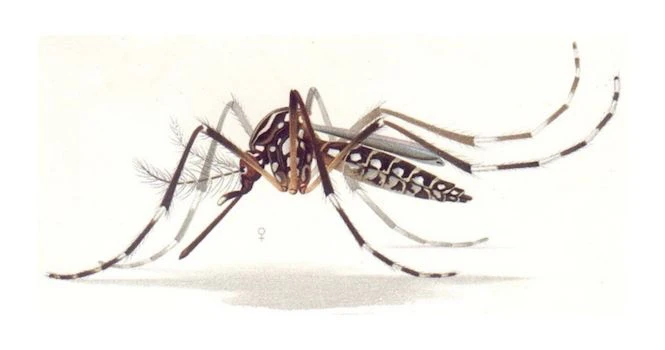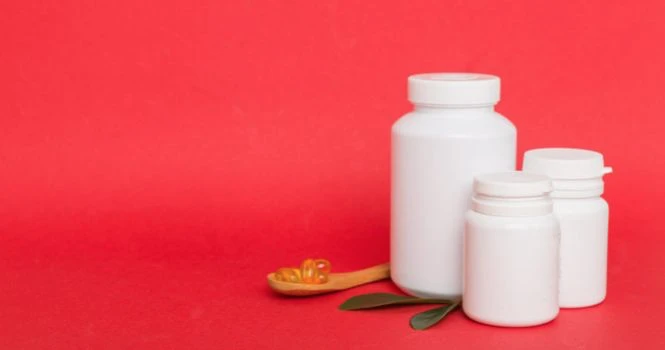Difference between Piles (Hemorrhoids), Fissures and Fistulas
What are Hemorrhoids ?
Anus is water-tight closed, due to the vascular structures surrounding it, which contribute to normal anal pressure. When these are swollen due to increased pressure from inside, then we call them Piles or Hemorrhoids. (Vascular structures means , like arteries, veins, smooth muscle and connective tissue )
Difference Between Hemorrhoids (Piles), Fissures and Fistula?
They are called, Anorectal diseases, as they originate either from the Anal Canal or the Rectum.

Piles are swollen vascular structures, due to increased pressure from inside the anal canal. They are also called Hemorrhoids.

Fissures are tears or cuts, in the lower part of anal canal, believed to arise from trauma during defecation. (Defecation is discharge of feces from the body)

Fistula are tunnels formed when infected anal glands forms abscess, (Abscess is sac containing pus) and the abscess may extend upwards or downwards, connecting it near the anus or beyond.

What are the different types of Hemorrhoids or Piles?
There are 2 types .
- External Hemorrhoids
- Internal Hemorrhoids
External Hemorrhoids are formed below the dentate line and internal hemorrhoids are formed above the dentate line.
External Hemorrhoids are visible on inspection and are covered with skin and are pain sensitive, while internal hemorrhoids are not visible, and are covered with mucus layer. usually not painful unless prolapsed. ( Prolapse means slipping down or forward)
Causes and Hemorrhoids ( Piles)
The following are the causes, which might affect men and women of any age group,
➡️ Straining during Defecation
➡️ Chronic Constipation or Diarrhea
➡️ Sitting on toilet for long periods of time
➡️ Low Fiber Diet & Low fluid intake.
➡️ Pregnancy
➡️ Obese individuals
➡️ Anal intercourse
➡️ Lifting Heavy Objects frequently
More younger patients are reporting the symptoms of piles as there has been major changes in eating habits and sedentary lifestyle.
Symptoms of Hemorrhoids (Piles)
The earliest thing the patient may notice is incomplete evacuation of feces. Patients visit doctors primarily because they are scared after seeing the bright red blood accompanying the stools or immediately after passing stool or on the toilet paper.
Symptoms of External Hemorrhoids are,
➡️ Itching
➡️ Discomfort
➡️ Protrusion or Lumps near the anus (Which are hard or tender)
➡️ Anal Pain
Itching and discomfort around the anal region is the commonest initial symptoms patients notice, and the cause of concern increases when they notice lumps and accompanied which pain, more so while sitting, which interferes in their normal daily to day life.
Symptoms of Internal Hemorrhoids are,
➡️ Bleeding
➡️ Prolapse
➡️ Mucoid discharge
While bleeding is the commonest symptom, but mostly it’s not painful. Pain is only when the internal hemorrhoids are prolapsing or slipping down. When internal hemorrhoids are swollen, they release mucus, which is the cause for staining of your underwear and the mucus itself causes further inflammation, resulting in a burning sensation around the anus, which turns itchy.
Prevention of Hemorrhoids (Piles)
Being constipated & incomplete evacuation of feces, is the earliest symptom, the patients notice, and care should be taken at that time to follow habits which help in preventing hemorrhoids (Piles)
Your aim must be to pass the stools which are soft and not hard. In order to do it, read and follow the important points,
➡️ Don’t Strain during Defecation
You would be straining because you may be constipated and mostly it’s due to irregular bowel habits. When you have the urge to defecate and if you postpone it, feces remain inside for a longer duration of time and then water is absorbed, making it harder. Don’t pass the stool when it’s hard, Drink water and then again pass it when it’s easier, without straining.
➡️ Increase Dietary Fiber
While the Daily requirement for men is 30 to 38 g , and for women it’s 21 to 25 g. What dietary fiber does is, it increases the formation of bulk and soft faces and eases defecation.
Dietary fiber also helps in reducing cholesterol and incidence of gallstones, it has antioxidants and is helpful in diabetic patients too.
You would get over the counter dietary fiber supplements . But intake of dietary fiber supplement should always be accompanied by an increase in fluid intake or else it could make the condition worse. Water is required for it to move forward.
Make a list of fruits and vegetables which you like and contain high dietary fiber and eat them regularly . Remember to include one green leafy vegetable everyday and alternating with beans. While avoiding red meat is important , you could consume chicken and fish and after that have enough water. Consuming enough water is of paramount importance.
| Food Stuff | Serving Size | Fibre |
|---|---|---|
| Split Peas, Boiled | 1 Cup | 16 g |
| Lentils, Boiled | 1 Cup | 15.5 g |
| Black Beans, Boiled | 1 Cup | 15 g |
| Passion Fruit | Per 100 g | 10.4 g |
| Black Bean, Canned | 1 Cup | 10 g |
| Chia Seeds | 1 Ounce | 10 g |
| Green Peas, Boiled | 1 Cup | 9 g |
| Raspberries | 1 Cup | 8 g |
| Avocado, Raw | Per 100 g | 6.8 g |
| Spaghetti, whole wheat Cooked | 1 Cup | 6 g |
| Barley, Cooked | 1 Cup | 6 g |
| Bran Flakes | 3/4 Cup | 5.5 g |
| Pear | 1 Medium | 5.5 g |
| Broccoli, Boiled | 1 Cup | 5 g |
| Turnip greens, Boiled | 1 Cup | 5 g |
| Quinoa, cooked | 1 Cup | 5 g |
| Oat Bran Muffin | 1 Medium | 5 g |
| Oatmeal Instant Cooked | 1 Cup | 5 g |
| Apple with skin | 1 Medium | 4.5 g |
| Brussels sprouts, Boiled | 1 Cup | 4 g |
| Potato with skin, Baked | 1 Medium | 4 g |
| Sweet corn, Boiled | 1 Cup | 3.5 g |
| Popcorn, Air Popped | 3 Cup | 3.5 g |
| Brown Rice, Cooked | 1 Cup | 3.5 g |
| Almonds | 1 Ounce | 3.5 g |
| Pistachios | 1 Ounce | 3 g |
| Orange | 1 Medium | 3 g |
| Banana | 1 Medium | 3 g |
| Strawberry | 1 Cup | 3 g |
| Cauliflower, raw | 1 Cup | 2 g |
| Bread, whole wheat | 1 Slice | 2 g |
| Bread, Rye | 1 Slice | 2 g |
| Carrot , raw | 1 Medium | 1.5 g |
Source: USDA National Nutrient Database for Standard Reference, Legacy Release
➡️ Avoid Sitting for long duration on toilet
You must not be sitting on the toilet and straining; If you don’t have the urge to defecate, then don’t strain. Drink enough water and when you get the urge, then do it . and it applies to having desk jobs, where you sit for a long time in the same place. It is important to take breaks in between work to get off the chair and take a walk.
➡️ Increase fluid intake
While 2.7 L to 3.7 L liters per day is the adequate daily requirement for adults. You should be drinking it over the duration of the day and shouldn’t be consumed in a short time. If you can’t drink water, then fluids in any form can be taken, such as juices and buttermilk . But avoid carbonated drinks.
The National Academies of Sciences, Engineering, and Medicine determined that an adequate daily fluid intake is: About 15.5 cups (3.7 liters) of fluids for men. About 11.5 cups (2.7 liters) of fluids a day for women.
➡️ Everyday Vegetables & Fruits
Fruits are always better than juices as in case of juices the fiber would be lost and juices have the ability to spike your blood sugar levels .
➡️ Regular Walking
Not just fruits and vegetables , but your overall health has to be taken care of by regular walking for 30- 45 minutes everyday . Sedentary lifestyle increases the risk not only for piles but for heart disease and diabetes.
➡️ Avoid Lifting Heavy Objects Frequently.
When you cough or sneeze, you can feel the pressure exerted on the Vascular structures around the anus . It keeps the anus, water tight. The same thing happens while lifting heavy things, and if it’s frequent , the pressure exerted would be constant and overbearing and may give rise to piles.
Diagnosis and Treatment of Hemorrhoids ( Piles)
For Diagnosis, Your detailed Medical history will be taken while knowing about your eating and bowel habits .
On External Examination
External Hemorrhoids are seen easily on inspection and your doc will examine the areas around your anus to see if there are lumps or any prolapsing internal hemorrhoids or any skin tag.
Inspection of the buttocks often provides clues to many disorders, including skin tags from hemorrhoids, fistulous tracts, and fissures and to rule out other diseases .
Internal Hemorrhoids
Your doctor may do a Digital Rectal Exam with a patient lying in the left lateral position. Gloved and lubricated finger is inserted into the anus to feel the tone of muscles, any lumps . Tip of Finger is very sensitive to even detecting a small lump too. it goes inside for about the length of the finger, that is around 10 cm. The procedure is not painful .
Other Procedures which your doctor may do for internal hemorrhoids are
- Anoscopy : When your surgeon wants to see the lining of the anal canal and lower rectum, they use Anoscope .The procedure is done at doctors clinics . The patient is awake during the procedure
- Sigmoidoscopy : Here the doctor uses a proctoscope to view the lining of rectum and lower colon .
These tests are often done to investigate symptoms such as
- Bleeding from the rectum,
- Chronic diarrhea or constipation,
- Blood or pus in the stool, or
- Lower abdominal pain.
Treatment of Piles
Conservative treatment is tried with fiber supplementation with an increase of fluid intake for 7 to 10 days.
For Pain relief you can take over the counter medications like Paracetamol .
You can apply over the counter hemorrhoid cream directly , which may give relief.
Click to know the Best Tablets for Piles Pain
SITZ BATH for Hemorrhoids

Take SITZ Bath , which is soaking you anal region in plain warm water for 10-15 minutes thrice daily, to get relief from pain & itching.
NOW, Even after 7 to 10 days , if hemorrhoids are persistent and painful and hinder your day to day activities. Then your family physician would refer to a Surgeon & Proctologist .
Before we look into treatments, let’s see how piles are graded and treatment varies according to severity of symptoms and prolapse.
➡️ First degree hemorrhoids: these bleed but do not prolapse
➡️ Second degree hemorrhoids: these prolapse but reduce spontaneously
( Reduce spontaneously means , the piles sliping down from the anus, when straining but they move back inside
spontaneously)
➡️ Third degree hemorrhoids: these prolapse but can be reduced manually
Reduce manually means , the piles slipping down from the anus, don’t move back inside spontaneously, but when pushed
back inside , they go back inside)
➡️ Fourth degree hemorrhoids: these are permanently prolapsed and cannot be reduced.
( here even if we push back , it doesn’t go back)
Out of Hospital Treatment
Rubber Band Ligation: The technique is rubber bands were applied to hemorrhoids and now they are using suction bands.
Injection Sclerotherapy: In injection sclerotherapy, a submucosal injection, which helps to shrink the hemorrhoid is given.
Infrared Coagulation: not widely used .
Surgery
Hemorrhoidectomy : Surgery is done to remove hemorrhoids
Hemorrhoid Stapling
A special stapling tool is used to remove internal hemorrhoids .
Talk to your Surgeon about the Pros and Cons about each procedure and according to your stage and severity of the condition, you will be advised accordingly.
Learn about Difference Between Hemorrhoid and Skin Tag
What is Anal Fissure?
Tears or cut in the anal canal below the dentate line, is referred to as Anal Fissure.
Even though the exact cause of fissure is not known, But it’s mostly attributed to passing off hard and large stools with pressure, when constipated, resulting in tears . Other causes are chronic diarrhoea and anal intercourse.
Signs & Symptoms
Pain, while passing feces is the most common presenting complaint and the pain may persist hours after passing the stools, which may be accompanied by bright red blood on stools or on toilet paper.
If the fissure is infected, then Pus can ooze from it .
Prevention
Preventing constipation and diarrhea , regularly exercising with consumption of high dietary fiber foods along with increased fluid intake.
- Preventing Constipation and Diarrhea.
- Regular Exercise & Avoid Spicy Food
- High Dietary fiber intake with increased Fluid intake.
- Overzealous Cleaning should be avoided.
- Perianal area should be clean and dry.
Diagnosis & Treatment
On External examination, while gently separating the buttocks , and examining the anus, we could see the cut or cracks, which are linear and usually less than 5 mm in length , and if the fissure is for long time, then there is fibrosis with skin tag at the end of fissure.
Around 90% of the cases in men and women, the tear or cut is located posteriorly and if it’s on some other side, then we will be thinking of few other medical conditions to exclude .
- Crohn’s disease
- Anal cancer
- HIV
- Tuberculosis
- Syphilis
Anoscopy is usually not tolerated by the patient, as it’s painful and sometimes because of the pain, the patients are resistant to pass the stools.
Conservative Treatment
Usually the pain would go away after following conservative treatment for 4 to 6 weeks .Your doctor would give you gels to apply to increase the blood flow to make it heal faster and local anesthetic gels to relieve pain.
Surgery
If it lasts more than 8 weeks then it’s a chronic fissure, which may not be healing or may extend to surrounding muscles . lateral internal sphincterotomy (LIS) is done and the risk of this surgery is mild incontinence . ( Fecal incontinence is inability to control bowel movements)
Discuss it with your surgeon and they would advise you according to the severity of your symptoms and condition .
What is Anal Fistula?
Fistula are tunnels formed when infected anal glands forms abscess, (Abscess is sac containing pus) and the abscess may extend upwards or downwards, connecting it near the anus or beyond. You can see in the pic that it is connecting downwards, as shown in the blue lines
Causes
Conditions which may cause anorectal fistulas are
- Crohn’s disease
- Tuberculosis.
- HIV
- Cancer
- During Childbirth
- Surgery
- Radiation therapy
Signs & Symptoms
There is discomfort, Pain, redness and swelling in the anal region with recurrent discharge of pus from an opening in the skin around the anus , accompanied with fever .
Whenever the pus is drained, the Patients often feel better.
Prevention
Along with fibre rich diet and drinking plenty of fluids, keeping anal region dry is important .. regular exercise and avoiding straining while passing stools is helpful
Risk of developing anal fistula increases , if an individual develops an anal abscess.
- Eating Fiber Rich Diet
- Drinking Plenty of fluids
- Keeping Anal region dry
- Regular Exercise
- Avoiding straining while passing Stools.
other causes which are
- Radiation therapy for rectal cancer
- Diabetes
- Dermatosis
- Excessive intake of spicy food
- Smoking
- Hyperlipidemia
- Tuberculosis
- HIV AIDS
- Sedentary lifestyle
- Consumption of alcohol
- Sexually transmitted diseases like chlamydia and syphilis
Proper perianal skin care routine has to be followed, which includes,
– gentle wiping with a pre moistened pad (baby wipes)
– followed by drying with a cool hair dryer,
– daily cleansing with sitz baths or a water wash,
– and use of perianal cotton balls or pads to absorb drainage.
Diagnosis & Treatment
There is usually a history of recurrent abscess, with intermittent or constant discharge of pus. A cordlike tract can often be palpated.
Remember the ,The primary opening is inside the anal canal and the secondary opening is on the skin near the anus. If a probe is inserted into the tract, we can determine the depth and direction and often the primary opening.
Some fistula tracts open outside while others may not .To check how many fistulas are formed, Pelvic MRI is the best non-invasive method for evaluating Perianal Fistulas.
Aim is to remove all the fistula tracts and depending on how many fistula tracts are formed , your surgeon would often take 3-4 sittings to remove them.
VAAFT technique is used , that is Video-assisted anal fistula treatment (VAAFT) , which is minimally invasive and sphincter-saving technique for treating complex fistulas.
Discuss with your surgeon and you will be advised according to your condition.



